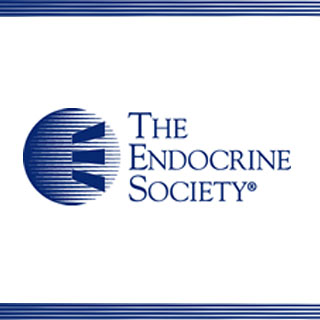
The study authors investigated 49 girls, all aged between 9 and 13 years. Amongst them, 26 girls were elite rhythmic gymnasts, trained for at least two years and 23 girls who had only physical-education related activity. The study authors calculated the volumetric bone density, bone mineral content and cortical thickness (the outer shell of the bone) in each girl. It then seemingly appeared that girls who had undergone intensive rhythmic gymnastic training had increased cortical thickness and bone strength.
Symeon Tournis, MD, of the University of Athens in Greece and lead author of the study, said, “Previous studies of adolescents have found an association between weight-bearing exercise and increased bone density and bone strength. Our findings show that training in rhythmic gymnastics significantly improves bone health in adolescent girls. Given that osteoporosis traits start in childhood, it is possible to speculate that if girls maintain their gymnastic training beyond adolescence, even if their training is less intensive, they may have a reduced risk of bone fracture later in life.â€
The means to measure bone density, dual energy X-ray absorptiometry (DXA) is affected by skeletal size, resulting in changes in the density may be obscured by changes in skeletal size. Hence, the authors measured the volumetric bone mineral density and cross sectional bone dimensions by using pQCT at peripheral skeletal sites such as the radius and tibia. The benefit of employing the pQCT is that it measures the volumetric bone density irrespective of skeletal size.
Tournis explained, “There are a small number of studies that have evaluated the effect of weight-bearing exercise on bone mineral density and bone geometry. However, to our knowledge, this is the first study to examine the effect of long-term elite rhythmic gymnastics on bone geometry using peripheral quantitative computed tomography (pQCT) along with detailed evaluation of bone turnover markers.â€
However, Tournis enlightened that the long-term significance of the skeletal benefits gained by intensive exercise remains uncertain. There are some studies that probably suggest that there is a decline in the bone mineral density noted after the cessation of training. Also, a recent study has found increases in bone mineral content and cortical thickness in female gymnasts six years after retirement.
The study will be published in June 2010 in The Endocrine Society’s Journal of Clinical Endocrinology & Metabolism (JCEM).
